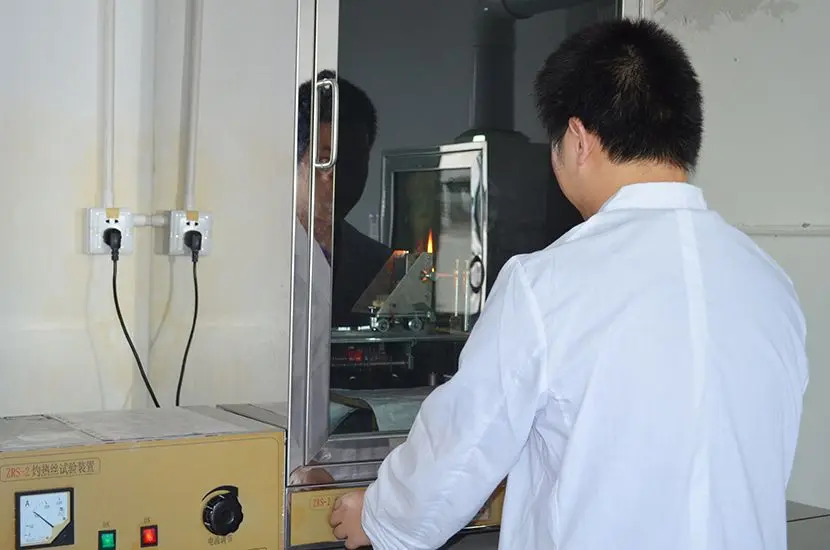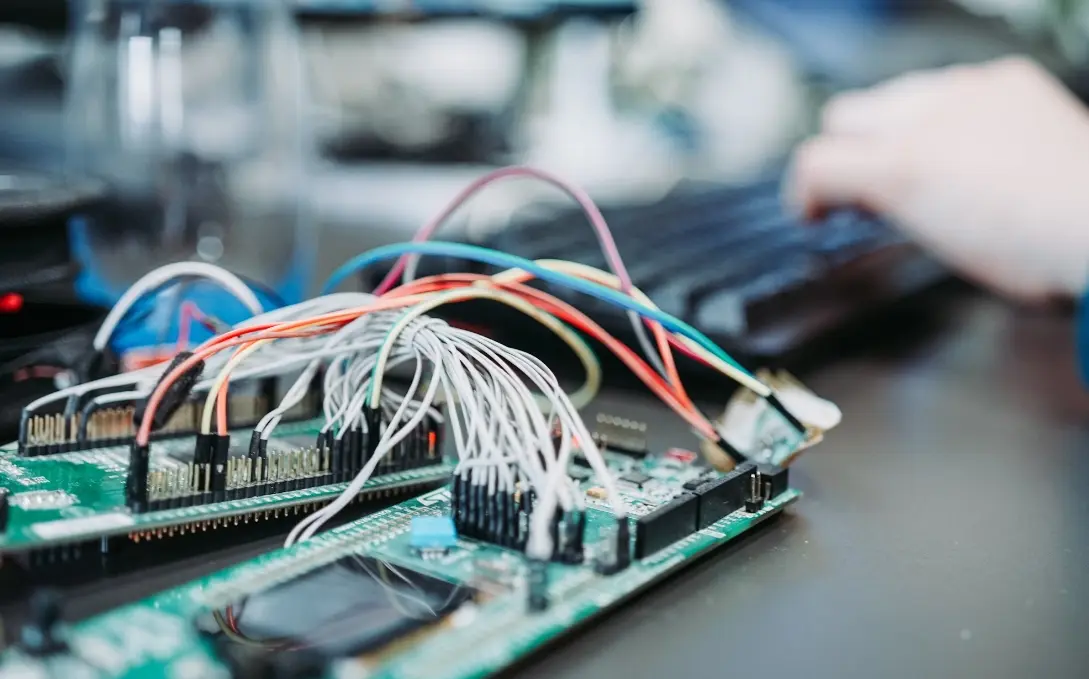
What is the EN 12983-1 Testing Standard?
The European Standard EN 12983 Parts 1 and 2 address cookware intended for use on hobs, cookers, or stoves. These standards have recently been updated with new general requirements. The European Committee for Standardization has released updated versions of the cookware standards—EN 12983-1:2023and EN 12983-2:2023—which replace the previous versions EN 12983-1:2000 / AC:2008and CEN/TS 12983-2:2005. All corresponding national standards in EU member states must be withdrawn by August.
EN 12983-1:2023
This part specifies safety and performance requirements for cookware used on hobs, cookers, or stoves. It applies to all cookware regardless of material or method of manufacture, including cookware suitable for both stovetop and oven use.
Key Changes CompaRED to the Previous Version:
Added handle pULl force test
Added non-stick coating performance tests, including corrosion resistance
Added heat distribution test
Expanded and revised tests for suitability across various heat sources
EN 12983-2:2023
This part specifies safety and performance requirements for domestic ceraMIC and glass-ceramic cookware used on hobs, cookers, or stoves.
Key Changes:
Removed: Handle pull test, heat resistance of furniture, durability and corrosion resistance tests for non-stick coatings, heat distribution test, and tests for suitability on various heat sources (these are now under EN 12983-1:2023)
Added: Impact resistance for rims and handle attachments
Added: Performance requirements for easy-to-clean coatings (if claimed)
Updated: Non-stick coating performance requirements
Updated: Thermal shock resistance for bodies and lids
How to Determine Whether Cookware Meets Safety and Performance Requirements
EN 12983-1 outlines general requirements for cookware safety and performance when used on stoves, cookers, or heating appliances. The updated standards—EN 12983-1:2023 and EN 12983-2:2023—have now been released and supersede all previous national versions across the EU.
The new standards consolidate previous test content and introduce numerous coating-related performance tests.

Main Differences Between EN 12983-1:2023 and EN 12983-1:2000
EN 12983-1:2023 Additions:
Handle pull force test (from CEN/TS 12983-2:2005)
Non-stick coating performance testing
Corrosion resistance testing for non-stick coatings
Heat distribution testing
Revised and expanded suitability tests for multiple heat sources
EN 12983-2:2023 Revisions:
Now only applies to ceramic cookware and glass lids
Removed multiple tests (e.g., handle pull force, non-stick durability, corrosion resistance)
Added impact resistance for ceramic components
Added requirements for ceramic non-stick and easy-clean coatings
Updated thermal shock resistance requirements
EN 12983-1:2023 Testing Overview
Applicable Product Range
All cookware except pressure cookers, kettles, and coffee makers.
Test Items:
Handle selection and placement
Handle and knob design
Lid design
Flammability
Heat resistance
Handle torque resistance
Handle bending resistance
Fatigue strength
Detailed Testing Clauses:
Clause 4: Materials
Clause 5: General testing conditions
Clause 6: Construction
6.1: General
Stability
Hygiene
Mechanical hazards
Handle positioning
Knob design
Lid design
Thermal shock resistance of brittle materials
Heat resistance
Leak resistance
6.2: Geometry
Capacity
Dimensions
Clause 7: Furniture (Handle and knob assemblies)
Materials
Heat resistance
Fatigue resistance
Clause 8: Coatings
Clause 9: Stability – Deformation test
Clause 10: Product information
Point of sale information
Care and use instructions
Sample Requirement:
5 full product sets including assembly instructions (if applicable)
Turnaround Time:
7–10 working days
PFAS and Cookware
Per- and polyfluoroalkyl substances (PFAS) are synthetic organic compounds that contain at least one fully fluorinated carbon atom (i.e., a -CF₂- or -CF₃- aliphatic chain structure). PFAS include substances like PFOA (Perfluorooctanoic acid)and PFOS (Perfluorooctane sulfonic acid)among many others.
They are often used in non-stick coatings but are under increasing regulatory scrutiny due to environmental and health concerns.
Email:hello@jjrlab.com
Write your message here and send it to us
 What Are CE and WEEE Marks
What Are CE and WEEE Marks
 What Are WEEE Regulations
What Are WEEE Regulations
 California Proposition 65 Testing
California Proposition 65 Testing
 Footwear Testing Laboratory
Footwear Testing Laboratory
 Food Contact Material Testing
Food Contact Material Testing
 How to Get WEEE Certification
How to Get WEEE Certification
 Labubu Toy Export Certification Guide
Labubu Toy Export Certification Guide
 How to Get MSDS Sheets
How to Get MSDS Sheets
Leave us a message
24-hour online customer service at any time to respond, so that you worry!




